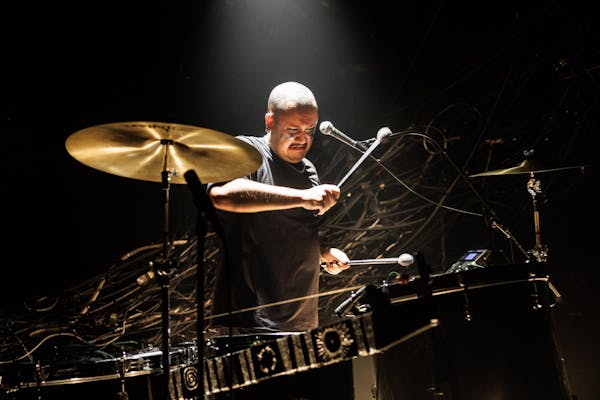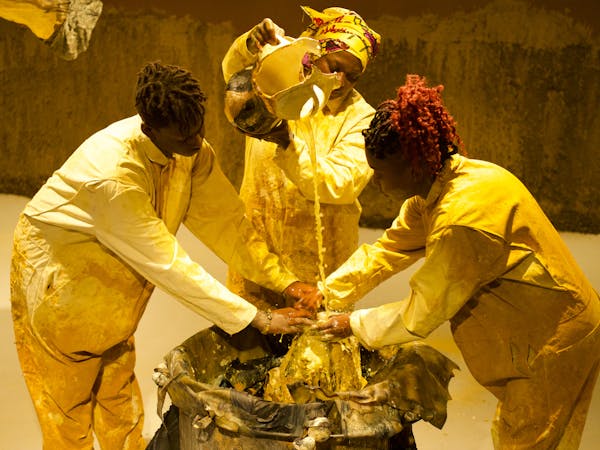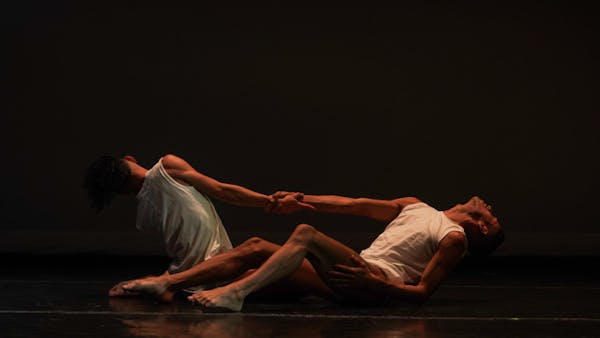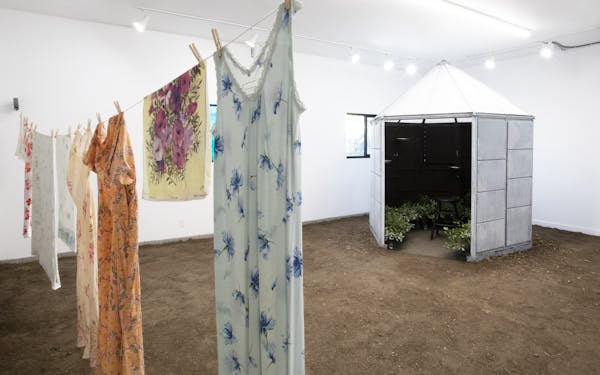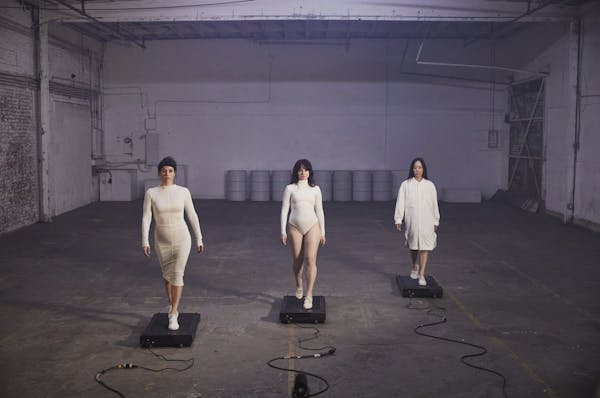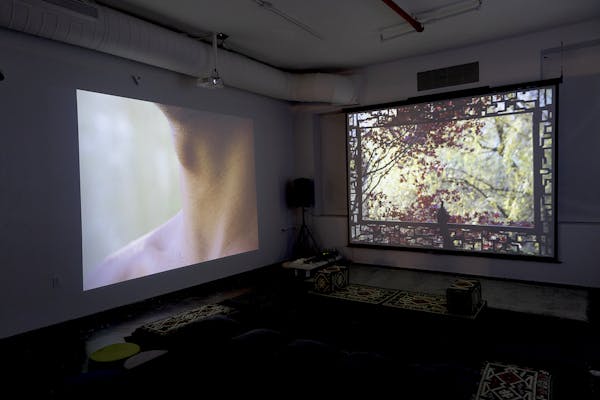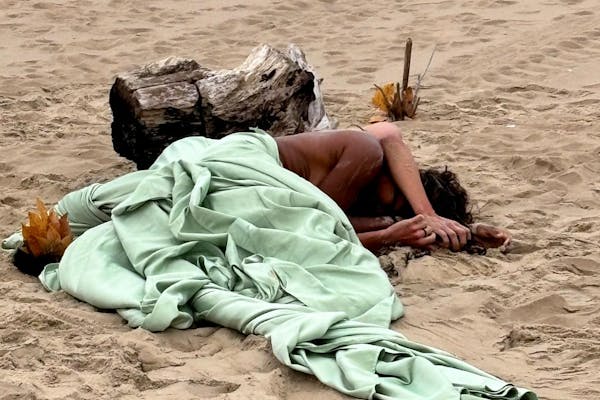Creative Research Grants
Process
In the pilot year, FCA awarded thirty grants of $10,000 to artists who previously received funding through its Emergency Grants program. A selection of 2023 Emergency Grants recipients were invited to submit proposals for Creative Research Grants. The by-invitation structure is intended to build on the initial support from Emergency Grants, investing in artists’ next steps and future plans without time pressure or a required outcome.
Applications were reviewed by a panel of twelve experimental artists, each with expertise in one or more of the disciplines FCA supports: dance, music/sound, performance art/theater, poetry, and visual arts. Proposals were evaluated based on the strength and relevance of the proposal in relation to the artist’s practice and stated goals, the potential impact of the grant on the artist’s development, and the submitted work samples.
Creative Research Grants are made possible by a generous bequest from the estate of Margo Leavin.
The timeline for the 2026 cycle of Creative Research Grants is to be announced.
FAQs
Creative Research Grants, unlike Emergency Grants, is not an “open application” program. Instead, it is invite-only with selection based on the highest endorsements from jurors during the prior year’s Emergency Grants panel.
Creative Research Grants are extended by invitation to artists who received Emergency Grants in the prior year, drawing on strong panel endorsements. Artists must also be currently living in the United States or U.S. territories and have a U.S. Tax ID Number (SSN, EIN, ITIN) and must not be enrolled in a degree-granting educational program.
No, the Creative Research Grant and Emergency Grants are separate programs. While the Emergency Grants are open-call and provide up to $3,000 to address urgent needs, the Creative Research Grant offers $10,000 to support longer-term creative exploration for selected artists.
The Creative Research Grant can support both ongoing research and new projects. The primary goal is to foster artistic exploration, experimentation, and development, so artists are encouraged to propose projects that will help advance their practice.
No, there is no requirement related to outcome. Instead, artists should demonstrate how they engaged in research and development activities during the grant period. They will submit a report at the end, detailing the activities funded by the grant.
